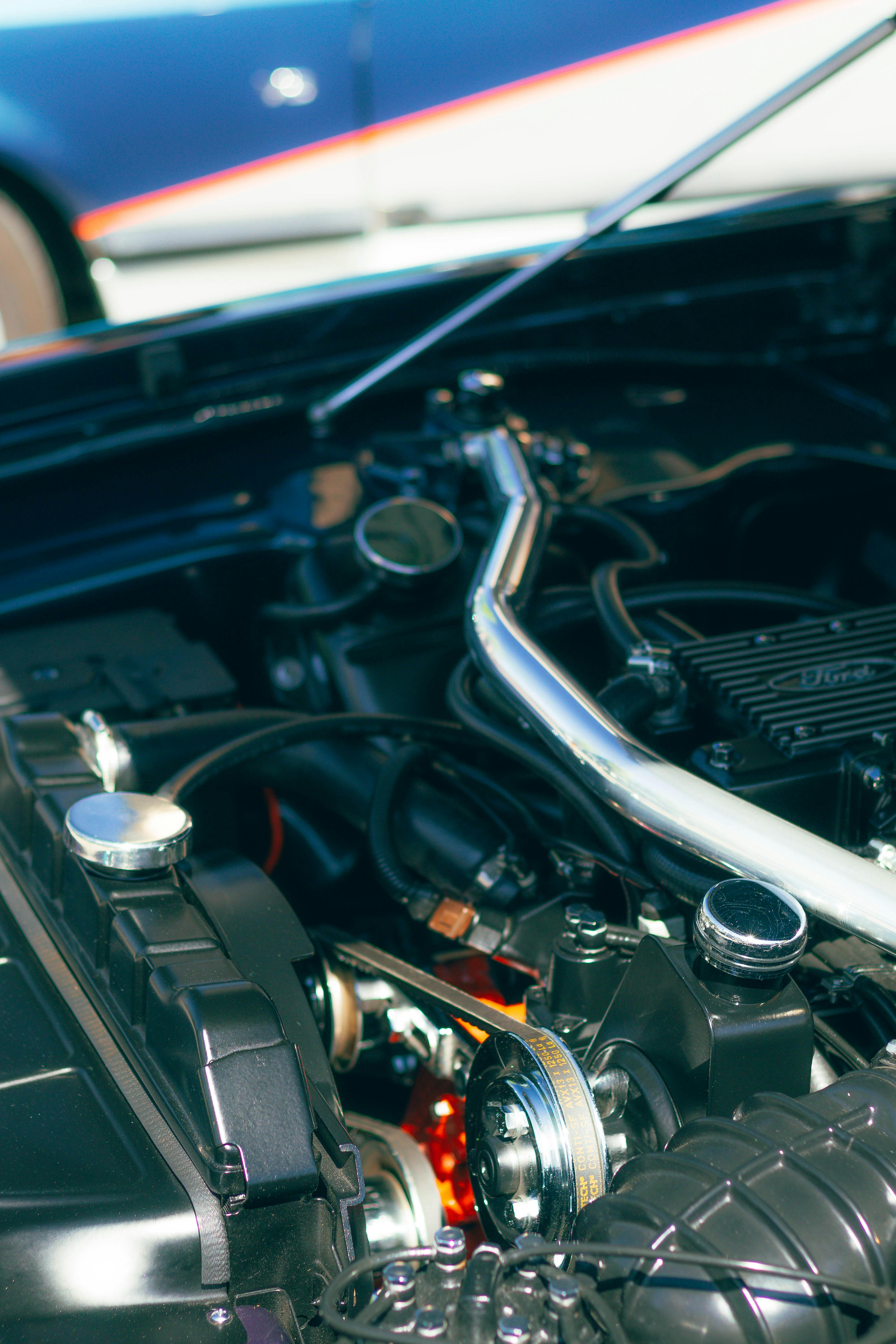**Decoding the Secrets of Torque Vectoring: An Unexplored Game Changer in Automotive Industry**
Imagine driving through a sharp bend at high speed without losing control. The car is stable, responsive, and the steering effortless. Welcome to the world of Torque Vectoring, a technology that enhances vehicle dynamics and safety, providing a new level of control. This emerging technology, though not widely discussed, is redefining the driving experience.

A Journey into the Past: The Genesis of Torque Vectoring
Torque Vectoring traces its roots to motorsport, where it was initially developed to enhance vehicle performance and control. It entered the mainstream automotive industry in the late 90s, with the Mitsubishi Lancer Evolution IV being one of the first cars to feature it. The technology, which was once exclusive to high-performance vehicles, is now finding its way into everyday cars, marking a significant evolution in automotive engineering.
Unveiling the Mechanism: How Torque Vectoring Works
Torque Vectoring operates on a simple principle: directing more power to the outer wheels during a turn to improve handling and stability. Traditional differentials distribute power evenly between the wheels, which can lead to wheel slip and loss of control during sharp turns. Torque Vectoring, on the other hand, uses sensors to detect steering input and wheel speed, adjusting the power distribution accordingly. This ensures a smooth and controlled driving experience, particularly in challenging conditions.
Current Trends and Future Scope: The Impact of Torque Vectoring
The automotive industry is witnessing a growing trend of incorporating Torque Vectoring in a wider range of vehicles. This technology, which was once limited to high-end performance cars, is now being adopted in SUVs and sedans, enhancing their safety and drivability. Looking ahead, experts predict a rise in the use of Torque Vectoring in electric vehicles, where it can potentially enhance battery efficiency by reducing energy wastage during turns.
The Double-edged Sword: Benefits and Challenges of Torque Vectoring
While Torque Vectoring brings significant benefits, it also poses some challenges. On the positive side, it enhances vehicle safety, performance, and responsiveness. Drivers can handle sharp turns and challenging road conditions with greater ease, leading to a more enjoyable driving experience. However, the technology comes with increased complexity and cost. It requires advanced sensors and control systems, which can increase the vehicle’s price. Moreover, it may require more frequent maintenance due to the wear and tear of the additional components.
Decoding the Future: The Unstoppable Rise of Torque Vectoring
Despite the challenges, the future of Torque Vectoring looks promising. As automotive technology continues to evolve, manufacturers are finding ways to overcome the hurdles and make this technology more accessible. With its unparalleled ability to enhance vehicle control and safety, Torque Vectoring is set to become an integral part of the automotive landscape, transforming the way we drive.
In conclusion, Torque Vectoring, though not widely discussed, is a game-changer in the automotive industry. It’s an exciting journey into the future of driving, promising a new level of control and safety. As we navigate through sharp bends and challenging terrains, the magic of Torque Vectoring ensures we’re always in control, leading us confidently into the future of driving.




